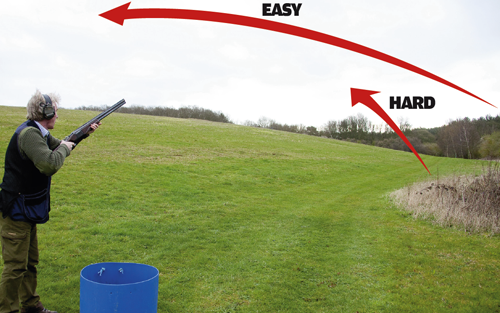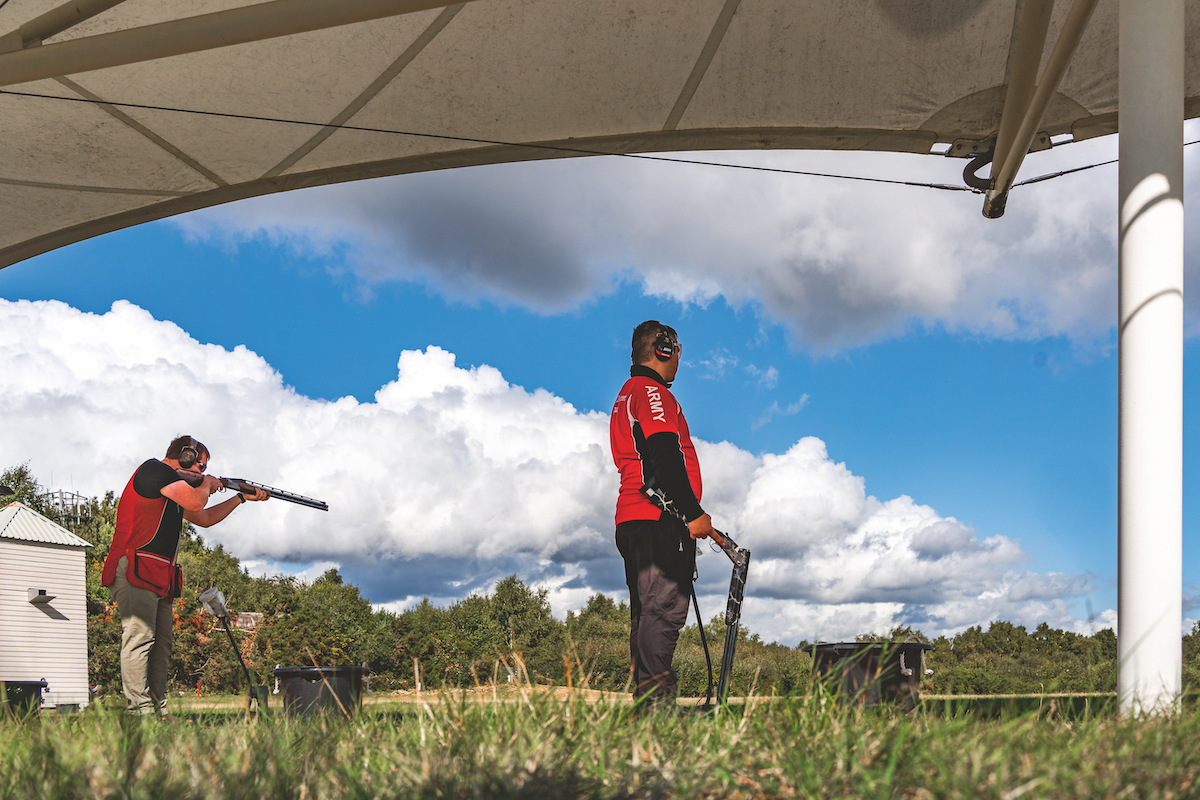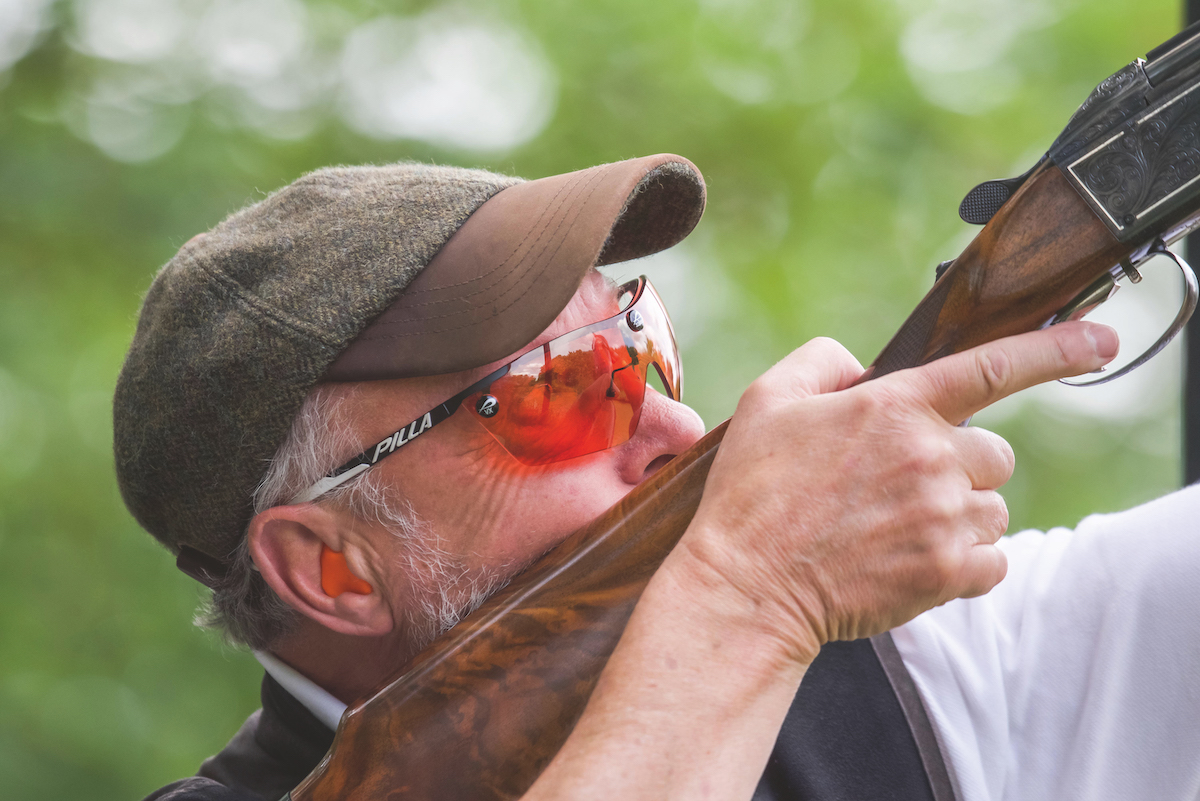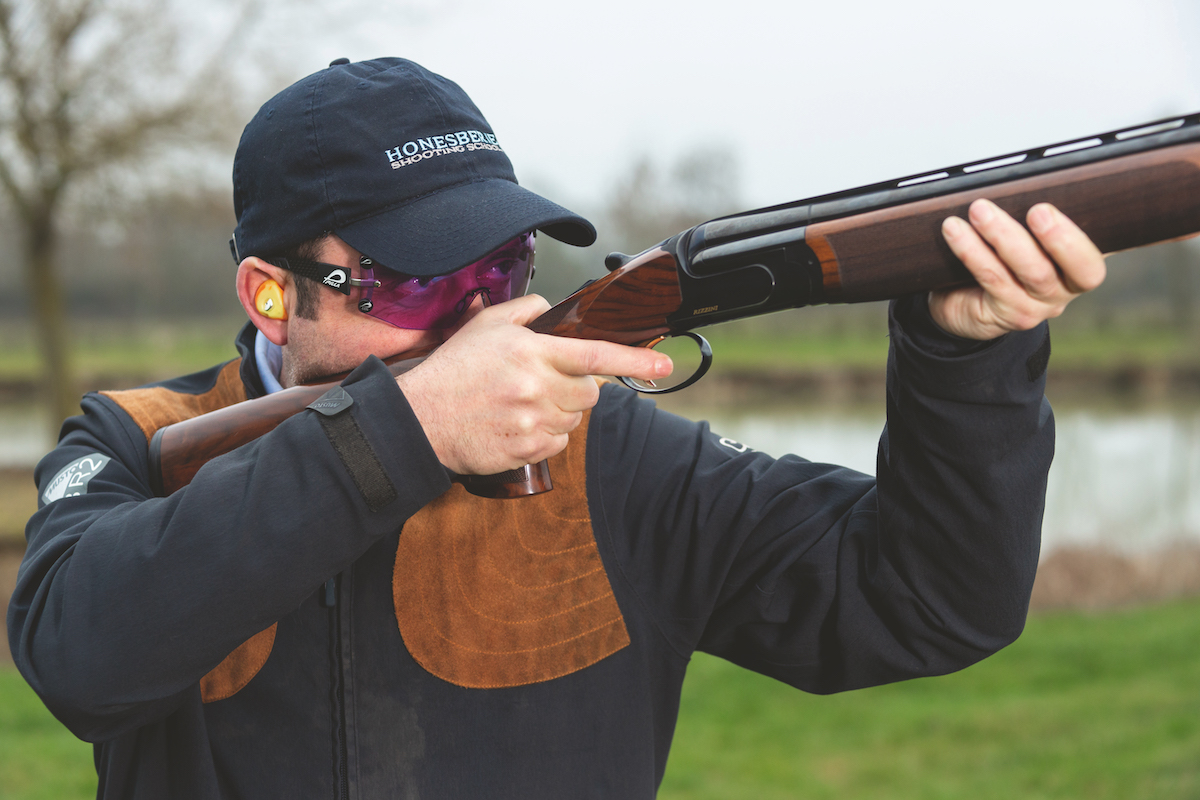How to shoot: Bending the rules!

How to shoot: Bending the rules!
Some people say rules are there to be broken, typically those who are supposed to uphold the law – look at MP’s attitude to expenses, for example.
But we all know there’s nothing worse than a cheat. And cheating in sport is pathetic as the only person you’re fooling is yourself.
But bending the rules… is that okay? As long as you stay within the letter of the law, surely it’s up to you how that particular law is interpreted?
Personally I reckon it’s okay to bend the rules to your advantage. In fact, in this highly competitive world, if you don’t use every trick in the book you’ll probably be at a disadvantage from the word ’pull’.
But I must stress, you must know the rules before you try and get around them. Pleading ignorance is not a defence and could at best, cost you a trophy – and at worst, your reputation.
With this in mind, here are a few pointers that you might like to consider using next time you’re shooting competitively.
KILLING POWER
Now obviously you’re not going to get away with using an O/U in a side-by-side competition, or a 12-bore in a class for .410s, but there’s sometimes a bit of leeway in the rules concerning the type of cartridge used.
A lot of competitions and, indeed, some shooting grounds, specify what loads can be used – typically they’ll say they should not be in excess of 28 grams.
Fair enough, this makes a level playing field for everybody. However, after checking the small print you can sometimes find that there’s no restriction on the type of cartridge used, and this can be used to your advantage.
Now regular readers will know that I generally prefer to stick to just one brand and type of shell – simply because I’ve learnt how it performs – but that doesn’t mean to say there isn’t a case for having an alternative or two handy.
So, if the rules permit, it will help to have a few ‘other’ cartridges kicking around in your shooting vest pocket. Let’s assume your usual round is 28gm sevens for Sporting targets.
For birds presented in a slightly unorthodox way, the extra pellets in a No. 9 shell, for instance, might just give you the difference between a hit and a miss.
For more rangey targets, you can still stick to your normal size of shot, but using a 30 or 32-gram shell will put more lead in the shot string at the same distance.
And don’t forget, if you’re presented with a ‘longer shot’ as the first bird of a pair, flicking the barrel selector to the tighter choke will always increase your chances of recording a kill because of the tighter pattern.
FIRST LOOK
This is a little gem and it can really give you an edge, but it can only be used when shooting under FITASC rules – which say that you’re not allowed to mount the gun until the target is sighted.

This rule sounds pretty fair and reasonable, but… that’s not to say that occasionally the target is fleetingly visible soon after leaving the trap, only to disappear from view for a while before reappearing in the normally accepted kill zone.
In this scenario it’s quite legal to start to mount the gun at the very first sighting, allowing you more time to get the muzzles up and ready on the flightline.
On fast moving birds this could mean the difference between a kill and a loss. Some fellow shooters, and maybe even the referee, might question your actions.
But by demonstrating to them that the bird was indeed visible, albeit extremely briefly, you can be safe in the knowledge that you’re shooting within the rules and that your score must count.
This is a classic case of bending but not breaking the rules.
ONLY TAKE THE EASY ONE!
This might sound a trifle defeatist but if you’re simply trying to build your score this might be a tip worth remembering.
Consider this… Sometimes you’ll come across a situation where, after seeing how a pair of birds is being presented, you genuinely think ‘I haven’t got a chance of hitting that’ – with respect to one of the targets.


 When presented with an easy and tricky bird as a sim pair – take the easy one first, and if you hit it, then move onto the hard one!
When presented with an easy and tricky bird as a sim pair – take the easy one first, and if you hit it, then move onto the hard one!
Now although I’m a great believer in ‘having a go,’ (how on earth are you supposed to build up a library of sight pictures if you don’t) if you genuinely believe that one of the pair is unhittable, sometimes it might be worth forgetting about the harder bird and giving the ‘easier’ one the benefit of both barrels.
So in this case you always take the easier bird first… if you miss it, well, have another go at it.
In some ways you’ve lost nothing. In your mind you reckoned you probably weren’t going to hit the harder target anyway, so if you do manage to break the easier clay with your first barrel you can still have a crack at the second. And who’s to say you won’t hit it?
As I’ve said many times before in other articles, you should always try and nail every bird, but if you’re trying to build a score one hit out of two is better than two misses.
And while we’re on the subject of using both barrels, it’s worth remembering that in English Sporting full use of the gun is allowed on a ‘single’ bird target.
As such, always make sure you’ve a second shell ready and waiting just in case you miss with the first.
SNEAK PREVIEWS
Practice makes perfect, so why not do yourself a favour and practice on a similar (or the same) layout to that of the competition?
I’m sure your mates will call you if you actually win the trophy, but so what, there’s nothing that says you or anyone else for that matter can’t go and have a practice round at the shooting ground where the competition is going to take place.
 Shooting similar targets at the same ground should improve your scores on competition day.
Shooting similar targets at the same ground should improve your scores on competition day.
Okay, I admit, some of the layouts might be slightly different to those used on the day, but, if you can organise things so that you practice, say, the day before, I’ll bet things won’t have changed that much for the competition itself.
At the very worst you’ll have a better idea of the terrain, the type of birds and from where they’re likely to be presented. It’s like having a home advantage… all the time.
LET THE DUST FLY!
It really doesn’t matter how you break the clay as long as you break it. And never has this been truer than when shooting a rabbit stand. Rabbits are generally considered to be the scourge of the sporting shooter and it’s not really difficult to see why.
Okay, on paper the presentation is straightforward, but in reality it’s inconsistent and sometimes unfair.
 Shoot its front feet off, and let the debris help break the clay!
Shoot its front feet off, and let the debris help break the clay!
Yes, it’s because of that blasted bounce.
But, in fairness, it’s the same for everyone so if the target runs true here’s a little trick that might help ensure you score a hit on your card.
We’ve mentioned before that shotguns will usually deliver around 60% of the shot above the bead on the muzzles.
This is a bit of a throwback to the days when 12-bores were designed for driven game shooting, but you can still use this 60% factor to your advantage.
The best way to hit the rabbit target is to try and ‘shoot its front legs off’ (metaphorically, that is) but you can often use the natural terrain to help as well.
On a rough, stony layout, giving just a little more lead and shooting slightly lower than normal will mean that as well as the shot stream hitting the clay, stones and debris disturbed by the shot will also fly up and strike the target.
Having said that, there’s nothing better than simply ‘dusting’ the target – but if this helps, that’s fine by me!
HIT & MISS
You’re shooting pairs on report and you miss the first. The referee says the second clay is a ‘no’ bird.’ In this case you’ve lost nothing.
Remember that you’re entitled to have the pair again and if you hit the first bird this time it scores.
Similarly, if you’ve hit the first and the second is a no bird you can ask for the first target to be ‘established, that is, it counts on your scorecard.
By no way is this against the rules or unethical, it’s simply knowing the rules and using them to your advantage.








